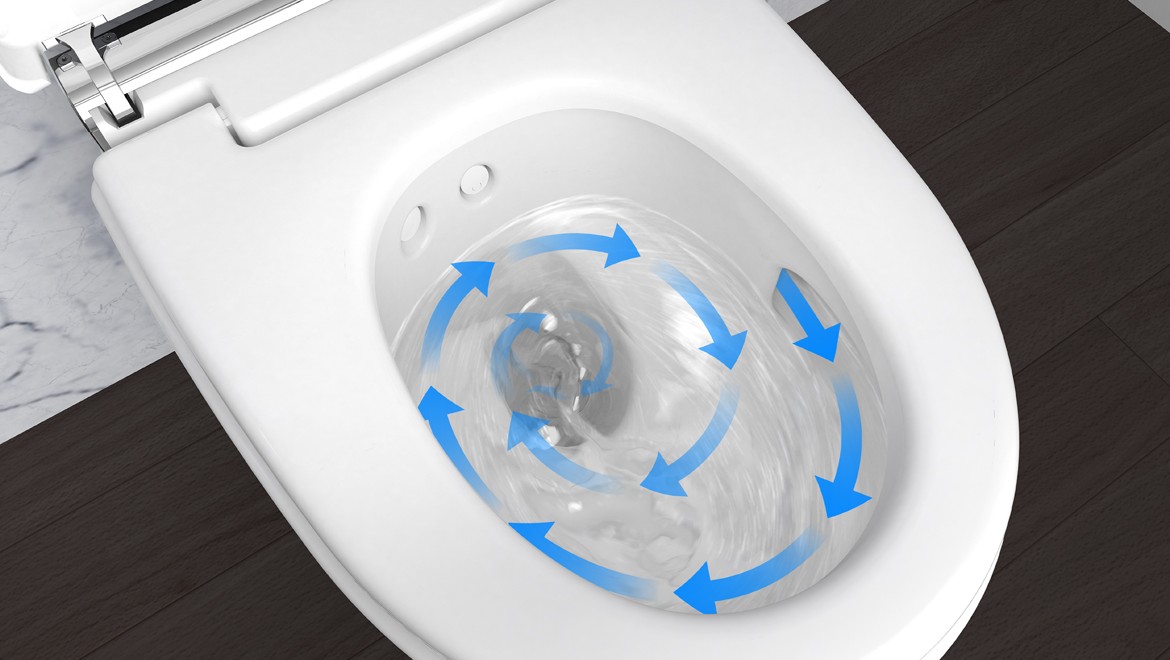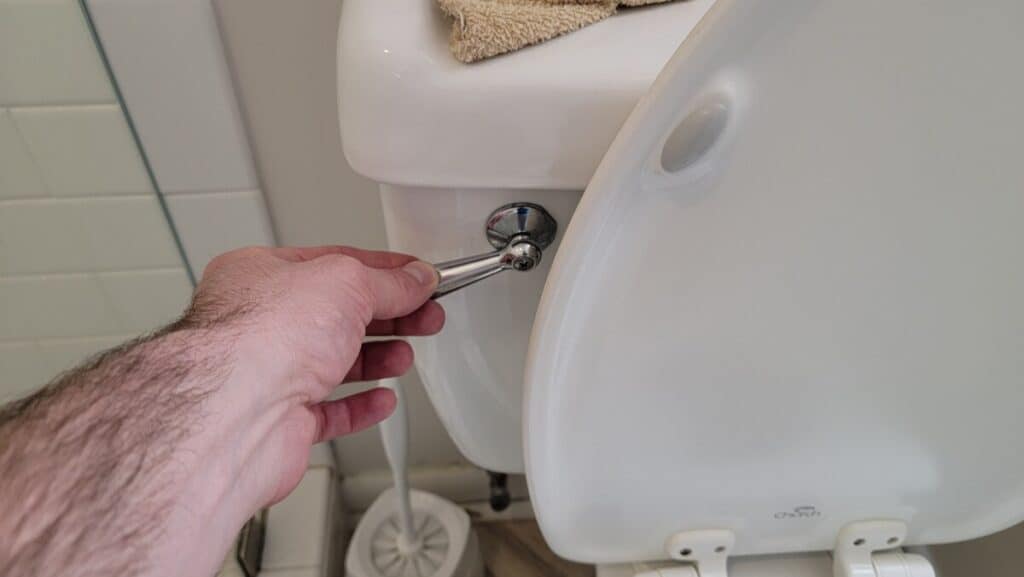In today's world, water efficiency is not just a buzzword; it's a necessity. With the growing emphasis on sustainability, home improvement projects that focus on water efficiency have become more crucial than ever. Not only do these improvements help conserve one of our planet's most vital resources, but they also significantly reduce utility bills, making them a win-win for homeowners and the environment alike.

The Importance of Water Efficiency in Homes
Water efficiency refers to the careful management of water resources, ensuring that we use water wisely and efficiently. In the context of home improvement, it involves implementing various strategies and technologies to reduce water consumption without compromising on comfort or convenience. By focusing on water efficiency, homeowners can contribute to environmental conservation while enjoying the benefits of reduced water bills and a more sustainable lifestyle.
Strategies for Improving Water Efficiency at Home
1. Installing Water-Saving Fixtures
One of the most effective ways to improve water efficiency is by installing water-saving fixtures. This includes low-flow faucets, showerheads, and toilets that use significantly less water without sacrificing performance. For instance, dual-flush toilets offer two flushing options, allowing users to choose between a full or half flush depending on their needs. According to a study on dual-flush toilets, this simple upgrade can save thousands of gallons of water annually.
2. Embracing Smart Irrigation Systems
For homeowners with gardens or lawns, smart irrigation systems can make a significant difference in water consumption. These systems use weather data and soil moisture sensors to optimize watering schedules, ensuring that plants receive just the right amount of water. This not only conserves water but also promotes healthier plant growth.
3. Repairing Leaks Promptly
Leaks are a common source of water wastage in homes. A dripping faucet or a running toilet can waste hundreds of gallons of water annually. Regularly inspecting plumbing fixtures and repairing leaks as soon as they are detected can prevent unnecessary water loss. For more insights, check out this guide on advantages of dual-flush toilets.
4. Utilizing Rainwater Harvesting Systems
Rainwater harvesting is an excellent way to utilize natural resources for non-potable water needs such as irrigation and toilet flushing. By collecting and storing rainwater, homeowners can reduce their reliance on municipal water supplies and lower their water bills.
Benefits of Water-Efficient Home Improvements
Investing in water-efficient home improvements offers numerous benefits, both for homeowners and the environment. Firstly, it leads to substantial cost savings on water bills, making it a financially wise decision. Secondly, it promotes environmental sustainability by reducing the demand for freshwater, which is a precious and limited resource. Lastly, it enhances the value of the property, as homes with water-efficient features are increasingly sought after in the real estate market.
Additionally, water-efficient homes contribute to a healthier planet by reducing the energy needed to pump, heat, and treat water. This, in turn, reduces carbon emissions and helps combat climate change. For more tips on water-efficient living, explore this article on low-flow toilets.
Overcoming Challenges in Implementing Water Efficiency
While the benefits of water-efficient home improvements are clear, there are challenges that homeowners may face. These include the initial cost of installation and the perceived complexity of implementing new technologies. However, these challenges can be overcome with careful planning and the right resources.
Homeowners should consider consulting with professionals or conducting thorough research before embarking on any water efficiency projects. There are numerous online resources and guides available, such as this comprehensive overview on upgrading to water-saving toilets.

FAQs on Home Improvement for Water Efficiency
Q1: What are the most effective water-saving fixtures for homes?
A1: The most effective water-saving fixtures include low-flow faucets, showerheads, and dual-flush toilets. These fixtures are designed to reduce water usage without compromising performance.
Q2: How can I detect leaks in my home?
A2: Leaks can be detected by regularly inspecting plumbing fixtures and monitoring your water bill for any unusual spikes. If you suspect a leak, it's best to consult a professional plumber.
Q3: Is rainwater harvesting legal in all states?
A3: The legality of rainwater harvesting varies by state. It's important to check your local regulations and obtain any necessary permits before installing a rainwater harvesting system.






